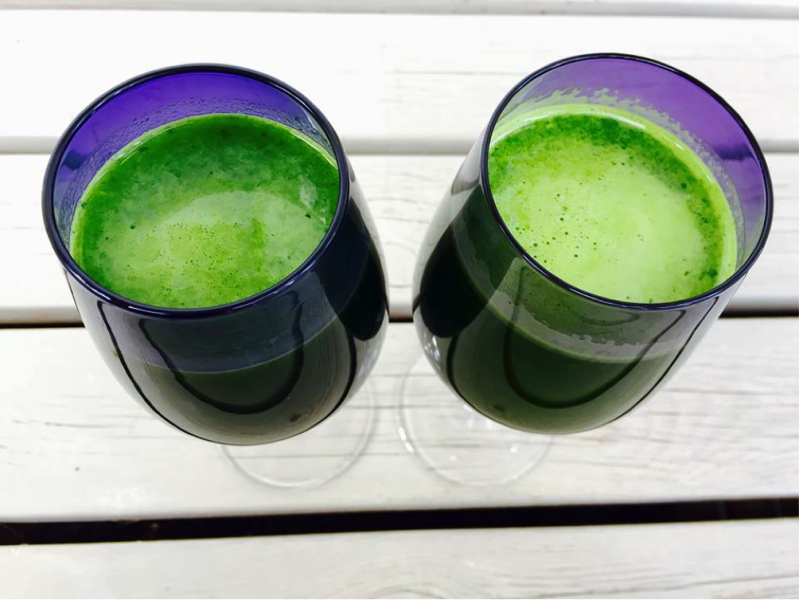
Breast cancer diagnosis can be a shock but fortunately there are many things that you can do in order to heal your self. A healthy diet is a must. However, many women don’t have a clue what to eat in order to heal their body and mind. There is a lot of research available on the healing benefits of cruciferous vegetables. Start incorporating these superfoods into your daily diet.
Brassica Vegetables:
Broccoli, broccoli sprouts, Brussels sprouts, cauliflower, collard greens, kale, arugula, cabbage, red cabbage, purple cabbage, bok choy, daikon radish, horse radish, water cress etc.
Healing Effects:
Broccoli sprouts and watercress are breast health superfoods. Broccoli sprouts contain sulforaphane which is activated by chewing. Sulforaphane protects us from environmental toxins and inhibits breast cancer stem cells. Add some fresh broccoli sprouts to your salad or use daily 2 scoops of bioactive, freeze dried broccoli sprout powder.
Watercress contains phenylethyl isothiocyanates which can suppress breast cancer cell development. Watercress can be added to salads and soups.
Another very beneficial food is sauerkraut which contains isothiocyanates and beneficial bacteria that support healthy microbiome.
How to Consume Brassicas for Best Effect:
Broccoli and other Brassicas should preferably be consumed raw or lightly cooked. Heat destroys the enzyme which is responsible for the formation of the cancer protective phytonutrient sulforaphane. If you want to have all the benefits, don’t use frozen broccoli due to blanching which substantially reduces sulforaphane bioavailability. However, raw broccoli is not very easy to digest.
How to Get the Full Benefits of Raw in Cooked Form:
- chop first the raw broccoli and wait about 40 minutes to 1 hour after which you can cook it.
- broccoli soup: chop first the raw broccoli and blend it with some water. Wait 40 minutes and then cook the soup. If you do it in the traditional way, first cooking it and then blending it, the heat destroys the enzymes and no sulforaphane is formed.
There is also a 3rd way:
- by adding ½ -1 teaspoon mustard seeds, you can intensify sulforaphane formation in cooked broccoli. Mustard powder contains myrosinase enzyme. Also adding some raw brassica to your cooked broccoli can work.
Culinary Nutrition Strategy:
- Pre-chop your cruciferous vegetables in the morning and store them in containers for later use.
- Prepare your own sauerkraut. It stays good even a year.
- Use only organically grown brassicas. Check EWG Dirty Dozen List and see which products have highest pesticide residues.
- If you have thyroid problems, make sure that you consume iodine rich foods also.
How to Use Brassicas:
Make soups, add to green juices and smoothies, chop raw brassica into bite size pieces and use in salads or just lightly steam them. Use regularly sauerkraut with your main meals.



